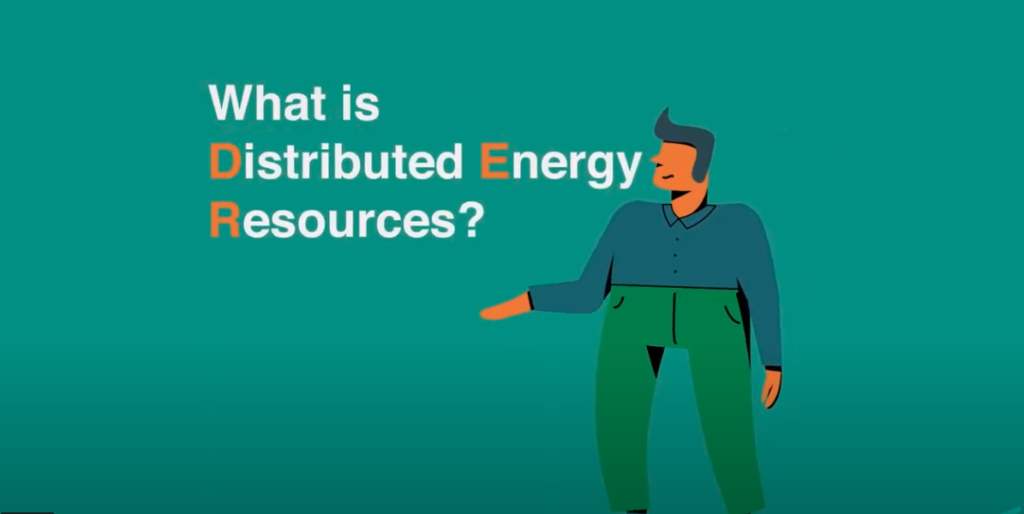There are a variety of DER technologies that have the potential to provide a wide range of benefits to power system stakeholders. As a result, use of DERs is growing around the world, particularly DPV and behind-the-meter (BTM) storage.
However, because their use represents a shift from traditional power system operation, new policy and regulatory frameworks are needed to successfully integrate them into power systems. Appropriate policy frameworks can encourage the use of DERs, contribute to system reliability and resilience, and ensure that the benefits of DERs are shared between all power system stakeholders.
Main Points
- There are a wide range of DER technologies, but they have common characteristics: they are sited close to customers, can provide some or all of their power needs, and can be used by the power system to either reduce demand or provide supply to meet energy or ancillary service needs, in addition to helping offset costly grid investments.
- DER adoption is being driven by favorable policies, cost reductions, and consumer benefits, but appropriate power system policies and regulations are needed to ensure reliable network operation and equitable distribution of costs and benefits between all stakeholders.
- The DER having the greatest impact on systems today is DPV, though BTM storage is also growing rapidly and can provide valuable grid services if the right policy and regulatory frameworks are in place.
- Demand-side DERS like energy efficiency and demand response are important power system tools, but are beyond the current scope of this guide.
First, Watch This
This video from the Australian Renewable Energy Agency provides a general overview of DERs and how they might influence power systems in the near future.

Watch Excerpt: What are Distributed Energy Resources (DER)? by ARENA.
Next, Read This
There are several definitions of DERs, but it’s possible to define their key characteristics, as described by the National Association of Regulatory Utility Commissioners (NARUC) in the United States.
A DER is a resource sited close to customers that can provide all or some of their immediate electric and power needs and can also be used by the system to either reduce demand (such as energy efficiency) or provide supply to satisfy the energy, capacity, or ancillary service needs of the distribution grid. The resources, if providing electricity or thermal energy, are small in scale, connected to the distribution system, and close to load. Examples of different types of DER include solar photovoltaic (PV), wind, combined heat and power (CHP), energy storage, demand response (DR), electric vehicles (EVs), microgrids, and energy efficiency (EE).
Text excerpt from page 45 of National Association of Regulatory Utility Commissioners: Distributed Energy Resources Rate Design and Compensation
Now Read This
DER growth is being driven by favorable policies, reduced costs, and consumer benefits, but planning for significant levels of DERs is important.
DERs are being adopted at ever-increasing rates due to favorable policies,…improvements in technology, and reduction in costs, as well as becoming more widely accepted with identifiable customer benefits, both at the individual level and, possibly, for the grid. However, once DER adoption passes certain levels, DERs can begin to cause significant issues for traditional rate making, utility models, and the delivery of electricity…. Importantly, having a plan in advance of that determination will facilitate the ability of a jurisdiction to be proactive in planning for and responding to increased levels of DER in concert with the increase.
Text excerpts from pages 41-45 of National Association of Regulatory Utility Commissioners: Distributed Energy Resources Rate Design and Compensation

